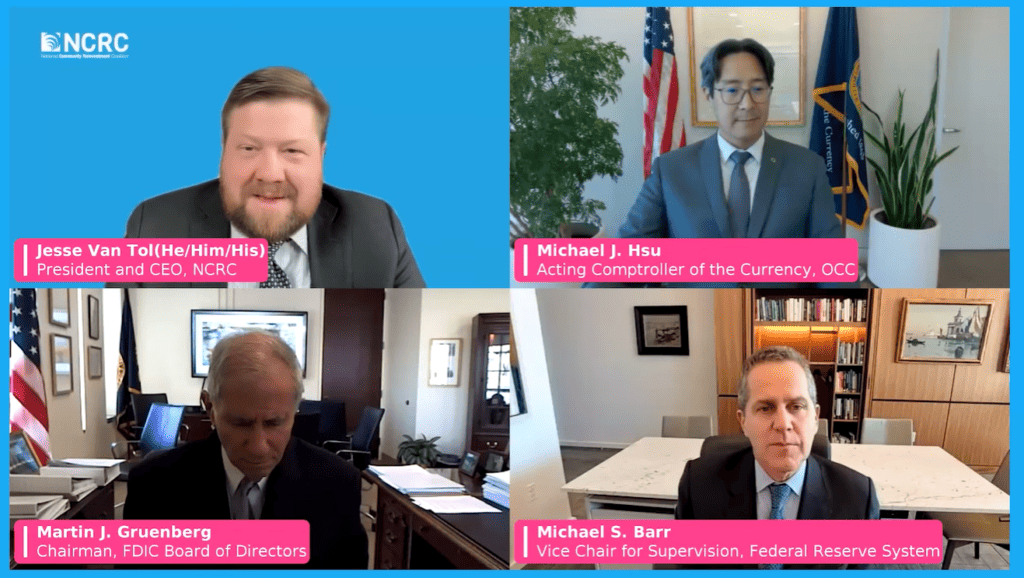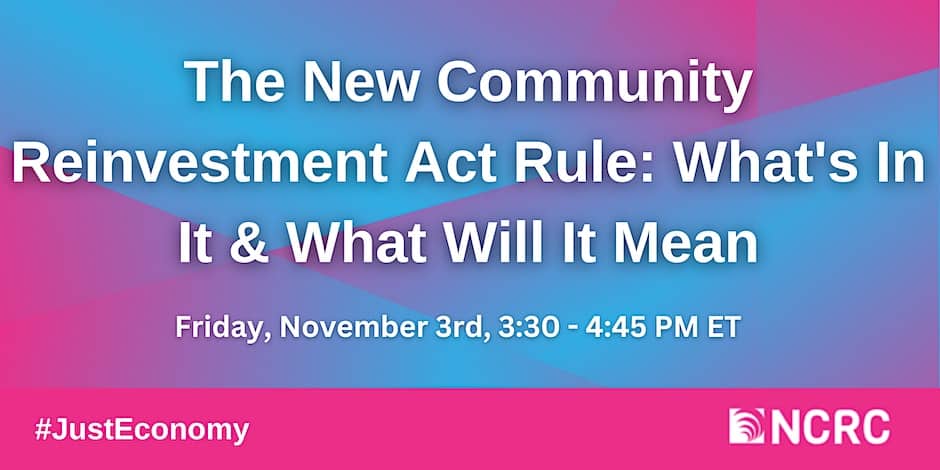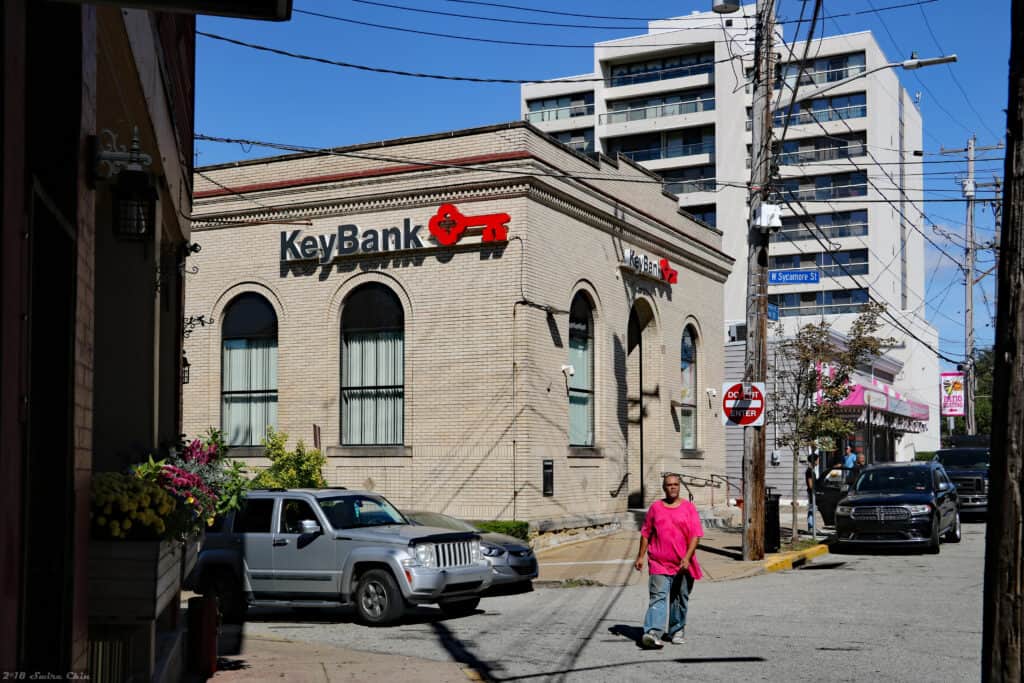Community
Reinvestment Act
Keep Up
alerts by email.
On March 28, 2025, the Trump administration announced its intention to withdraw the 2023 Community Reinvestment Act Final Rule.
Specifically, the 2023 rule updated assessment areas to account for online lending that was nonexistent the last time the CRA was updated in 1995; took the guesswork out of determining what is a “satisfactory” level of lending to working-class borrowers or small businesses; and made it easier for the public to comment on banks’ strategic plans. If the 2023 rule is withdrawn, CRA enforcement will revert to rules finalized in 1995, when few Americans had e-mail addresses let alone smartphone apps that manage their money.
Branchless and branch-light banks have especially benefited from the 1995 rule’s digital blindspots – to the detriment of traditional brick-and-mortar retail banks that help keep capital in communities. Undoing the 2023 rules tells banks not to worry about who they serve outside of their branch networks, limiting the positive economic feedback loops of the CRA to communities with branches.
The 2023 CRA rule benefits communities and retail banks alike. Without it, leaders, banks and advocates who want to harness the digital-age realities of modern banking to promote economic opportunity will have to keep guessing about what counts, or look elsewhere.
Several states have enacted their own version of CRA legislation and regulations that offer improvements over the federal CRA, including covering credit unions and mortgage companies in addition to banks.
NCRC will continue to provide technical guidance, data and support for organizations and elected officials seeking to pass or update CRA laws in your state.
Contact Us
For additional information on the Community Reinvestment Act.
Benefits of the Community Reinvestment Act
1
The Community Reinvestment Act (CRA) was passed in 1977 to combat redlining – a practice where banks would not issue loans in neighborhoods with high populations of people of color or working-class residents.
2
The CRA has been successful at ensuring working-class borrowers and neighborhoods have access to homeownership and entrepreneurship, with over $3 trillion in CRA-qualifying mortgages and small business loans made from 2009-2020.
3
Working-class neighborhoods lose economic opportunity without CRA. The Federal Reserve of Philadelphia looked at how lending was affected in neighborhoods by changing eligibility for CRA-qualified loans. They found that mortgage lending slows down and small business lending decreases by nearly 10% in urban neighborhoods that lose eligibility for CRA-qualified loans.
4
The CRA drives affordable housing investment nationwide. The CRA is often referred to as the primary motivator of bank investment in Low Income Housing Tax Credits (LIHTC), with banks accounting for 85% of LIHTC investment dollars.
5
CRA has led to many banks supporting Community Development Financial Institutions (CDFIs), with banks being a significant source of lending capital for CDFIs in the form of loans, investments and deposits.
Benefits of the 2023 Rule
Modernization & Clarity
•
Updates assessment areas to account for online lending that was nonexistent the last time the CRA was updated in 1995, while tailoring new assessment areas to only apply to banks that do more than 20% of their lending outside of branch networks.
•
Takes the guesswork out of determining what is a “satisfactory” level of lending to working-class borrowers or small businesses by establishing transparent performance ranges that compare a bank’s lending to other lenders and local demographics. This clarity will save members of the public and banks considerable time.
•
Implements common sense updates that banks that choose to pursue strategic plans should post their draft plans online for public comment, instead of the current practice of posting them in trade papers that are not widely read. This update makes it easier for the public to comment on strategic plans, which has become more common in recent years as more online lenders and fintechs pursue bank charters and the strategic plan option.
Boosting Rural, Working-Class America
•
Allows banks to get credit for community development financing across the country to address the current lack of community development in communities without branches, such as rural areas and Native lands.
•
Encourages more loans, investments, and grants from banks in areas with economic hardship such as persistent-poverty counties that tend to be rural. These private investments complement federal, state, and local initiatives in these underserved areas so they can achieve greater impact than they would with only public investment.
•
Awards positive consideration for banks that offer checking accounts whose cost and features are tailored for the working class.





















